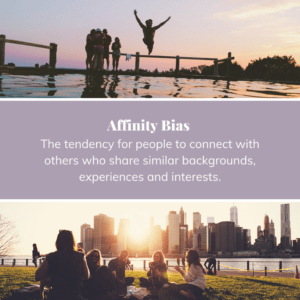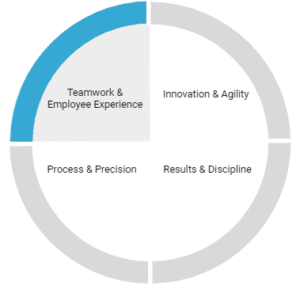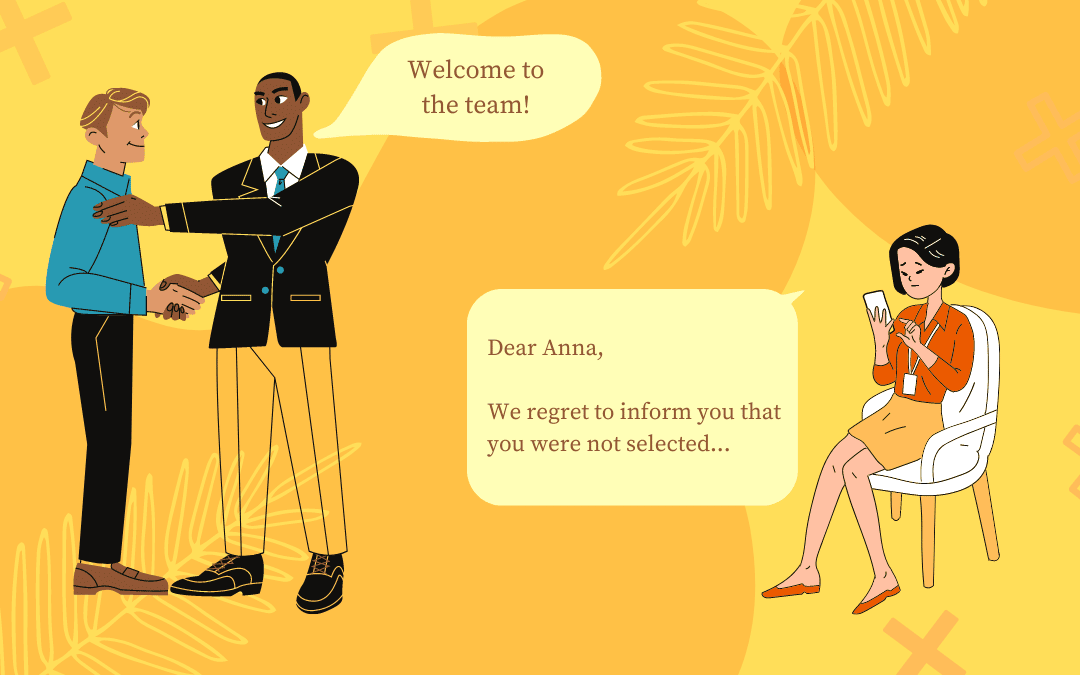We’ve known for quite some time that recruiting and hiring are mired in biases even though organizations and the people in them are actively pursuing inclusion.
Why Does This Happen?
Since bias is very much a large part of human nature whatever system or process we develop will inherently have some bias in it.
We look for ourselves in potential hires. For example, two people apply for the same position. Let’s say one has skills that matched your own and the other drastically differs from you. Despite a careful creation of a strict hiring process, you would be more likely to select the person who matched your skillset to interview, and subsequently hire. Why? It’s called the affinity bias.

We tend to gravitate towards people like us, and it is often reflective in our hiring practices. We vouch for those who work like us and are skeptical of those who are not.
In today’s workplace where we are asking for more and more innovation from our teams, this unconscious bias can be detrimental because innovative teams require a diversity of thought, work styles, and experiences.

In Predictive Index’s world of work, everyone falls into one of four quadrants. While having employees with the same skills and background as you can be easier to maneuver and manage, it often does not complement your weaknesses. For example, let’s say your business consists of employees who are mostly in the Innovative & Agility quadrant. This means your team is open to risk and centered on visionary tasks. To complement the drive and innovation of your team, a hiring manager would do well in hiring someone from the Process & Precision quadrant who excels in teasing out the “hows” and “whys” of initiatives bringing ideas to a more fleshed-out state.
In Conclusion
Hiring a team with diverse skills can be difficult, especially considering the unconscious biases we apply during the hiring process. In organizations that we start working with, we often find teams all clustered in the same quadrant. This holds true even for organizations with team hiring practices. So how do we fix this issue? I am a huge advocate for the use of behavioral analytics to combat bias in the hiring process.
If you don’t use behavioral data, what could the result be of those biases?
- You hire people who think like you.
- You hire people who work like you.
Through the use of programs like the Predictive Index, I help companies (including my own) navigate the hiring process with as little bias as possible.
Want to hire better? Check out the resources compiled below for more insight on this topic.
Hiring for the head and the heart: why team building isn’t all about experience
Understanding and accounting for unconscious bias
Smart hiring: Don’t make a hasty decision to fill an empty seat
Hire Leaders for What They Can Do, Not What They Have Done


Trackbacks/Pingbacks